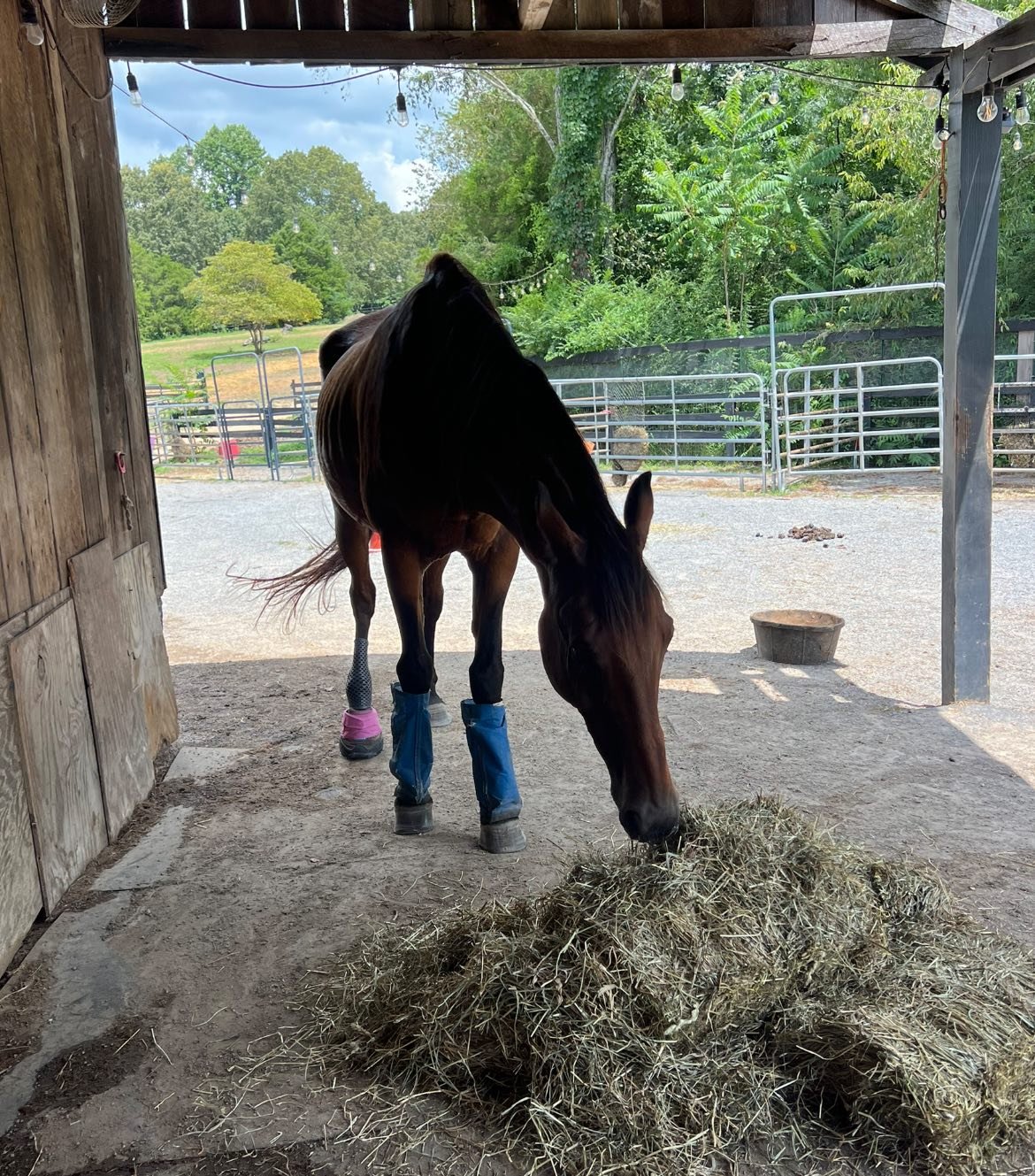My clients have been dealing with a lot of these lately with all of this wet weather, and we had one in my herd this week - so I wanted to share my favorite way to manage these monsters
When a horse comes in 3-legged lame it’s always scary… and the diagnosis options are pretty much:
It’s an abscess
Or the leg is broken
Or there is severe tendon or ligament damage
So it’s either no big deal or it’s a very very big deal cool cool cool…
Read More









